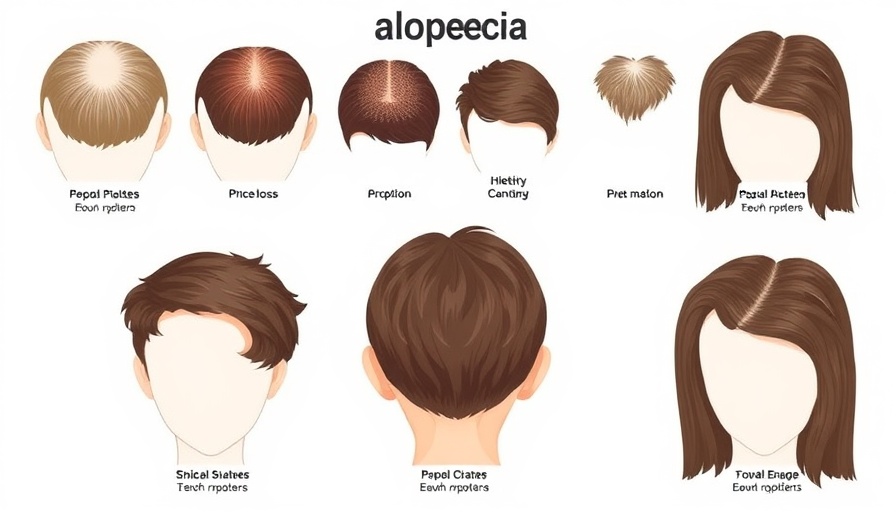
Separating Fact from Fiction: Common Eye Care Myths
Maintaining healthy eyesight is a priority, but many individuals fall prey to common eye care myths that can lead to uninformed decisions. Understanding the truth behind these myths is essential for preserving eye health and enhancing quality of life. Here, we clarify seven prevalent eye care myths, empowering readers to take more informed steps towards eye health.
Myth 1: Vision Loss is Unpreventable
It’s a common belief that aged-related vision loss is inevitable, but this is far from the truth. Research indicates that nearly 80% of vision impairment can be prevented with timely detection and treatment. Regular eye exams play a critical role in this, allowing optometrists to identify conditions such as glaucoma and cataracts early on, before they lead to serious consequences. If you experience sudden changes in vision, don’t hesitate to consult with an eye specialist who can provide invaluable guidance.
Myth 2: 20/20 Vision Means Healthy Eyes
Many people equate 20/20 vision with optimal eye health, but this notion overlooks serious conditions that can still exist. Achieving clear central vision does not guarantee other aspects of eye health are intact. Issues such as retinal diseases can remain hidden, emphasizing the need for comprehensive eye exams that assess overall eye function, not just central acuity.
Myth 3: Eyeglasses and Contacts Weaken Your Vision
Contrary to popular belief, wearing corrective lenses doesn’t weaken eyesight but drastically enhances visual clarity, which can reduce eye strain and headaches. Some individuals may feel that changing prescriptions is disorienting at first due to a sudden correction in clarity, yet this adjustment period should not deter the use of glasses or contacts. Working with an eye care professional can ensure your prescription is exactly right for your needs.
Myth 4: Eye Exercises Can Eliminate the Need for Glasses
Some may believe that engaging in eye exercises can diminish or eliminate the need for corrective lenses. While certain visual therapies can help with specific muscle coordination, they cannot alter the fundamental structure of the eye, such as its shape or length, which often determines the need for glasses. Hence, eye exercises should supplement, not replace, the need for prescription lenses where applicable.
Myth 5: Sitting Too Close to Screens Damages Eyes
The perception that sitting too close to a TV or computer will harm your eyes is misleading. This behavior often indicates the presence of nearsightedness rather than a cause. Eye fatigue from prolonged screen time is common, prompting the need for regular breaks and the 20-20-20 rule: every 20 minutes, look at something 20 feet away for at least 20 seconds.
Myth 6: All Eye Problems Are Obvious
Many eye diseases can develop without noticeable symptoms until significant damage has occurred. Conditions like glaucoma can progress silently, making annual eye exams essential for early detection. Comprehensive eye tests can uncover these hidden issues before they escalate into severe vision loss.
Myth 7: Eating Carrots Guarantees Better Vision
While carrots are indeed beneficial due to their high beta-carotene content, a balanced diet rich in a variety of nutrients including omega-3 fatty acids, antioxidants, and vitamins are vital for maintaining eye health. Foods like leafy greens, fish, and fruits play an equally important role in supporting vision.
In conclusion, separating fact from fiction in eye care allows individuals to take proactive steps towards maintaining their vision. Prioritizing regular eye exams and being informed about the reality of eye health can dramatically enhance life quality.
 Add Row
Add Row 
 Add
Add 


Write A Comment